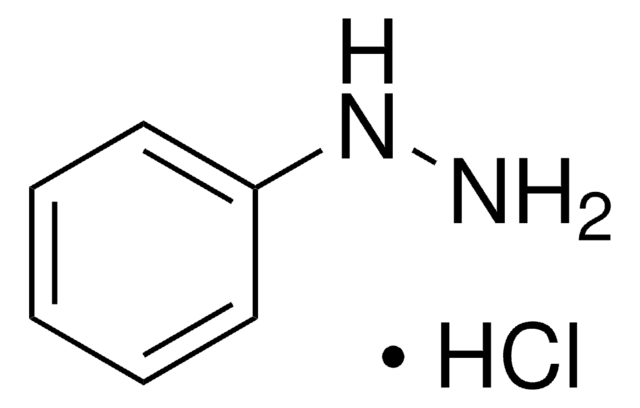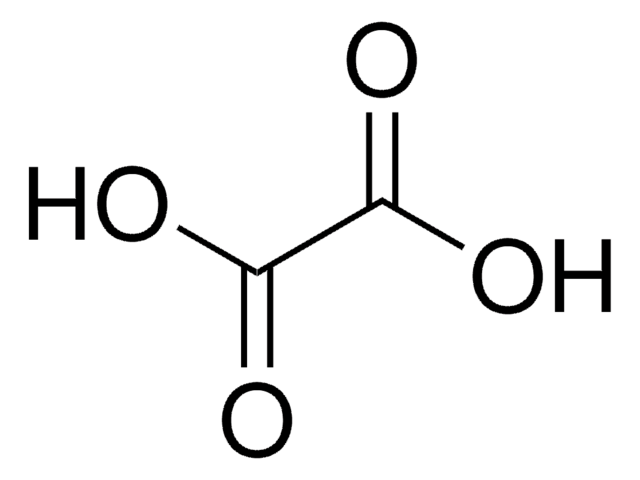Wichtige Dokumente
M4128
Quecksilber(II)-thiocyanat
96.5-103.5% (titration)
Synonym(e):
Quecksilber(II)-rhodanid
About This Item
Empfohlene Produkte
Assay
96.5-103.5% (titration)
Eignung der Reaktion
core: mercury
reagent type: catalyst
mp (Schmelzpunkt)
165 °C (dec.) (lit.)
Dichte
3.71 g/mL at 25 °C (lit.)
SMILES String
N#CS[Hg]SC#N
InChI
1S/2CHNS.Hg/c2*2-1-3;/h2*3H;/q;;+2/p-2
InChIKey
GBZANUMDJPCQHY-UHFFFAOYSA-L
Suchen Sie nach ähnlichen Produkten? Aufrufen Leitfaden zum Produktvergleich
Allgemeine Beschreibung
Anwendung
- Polymeric mercury(II) coordination complexes with various derivatives of 4,4′-bipyridine ligands via the branched tube method.
- Manganese mercury thiocyanate (MMTC), an organometallic optical single-crystal.
- Heterotrinuclear copper(II)–mercury(II)–copper(II)complexes possessing antibacterial and antifungal activities.
Qualität
Haftungsausschluss

Signalwort
Danger
H-Sätze
Gefahreneinstufungen
Acute Tox. 1 Dermal - Acute Tox. 2 Inhalation - Acute Tox. 2 Oral - Aquatic Acute 1 - Aquatic Chronic 1 - STOT RE 2
Zusätzliche Gefahrenhinweise
Lagerklassenschlüssel
6.1A - Combustible acute toxic Cat. 1 and 2 / very toxic hazardous materials
WGK
WGK 3
Flammpunkt (°F)
248.0 °F - closed cup
Flammpunkt (°C)
120 °C - closed cup
Hier finden Sie alle aktuellen Versionen:
Besitzen Sie dieses Produkt bereits?
In der Dokumentenbibliothek finden Sie die Dokumentation zu den Produkten, die Sie kürzlich erworben haben.
Kunden haben sich ebenfalls angesehen
Unser Team von Wissenschaftlern verfügt über Erfahrung in allen Forschungsbereichen einschließlich Life Science, Materialwissenschaften, chemischer Synthese, Chromatographie, Analytik und vielen mehr..
Setzen Sie sich mit dem technischen Dienst in Verbindung.











